




Key Takeaways
Introduction
In today's digital landscape, search engine optimization (SEO) has become the cornerstone of online visibility and success. As search engines continually evolve their algorithms, it's crucial for businesses and content creators to stay ahead by optimizing their content effectively. A well-executed SEO strategy can significantly enhance a website's ranking in search results, driving organic traffic, engagement, and ultimately, conversions. To navigate the complex world of SEO, it's essential to follow a comprehensive checklist that covers all the key aspects of content optimization. This ultimate SEO content optimization checklist aims to guide you through the fundamental steps and best practices required to ensure your content not only resonates with your target audience but also aligns with search engine algorithms, maximizing your digital impact.
What is SEO?
SEO stands for Search Engine Optimization, which is nothing but creating content in order for it to rank in the search engines. SEO can be further divided into On-page and Off-page SEO. Let’s see what they each look like.
1. On-Page SEO
On-page SEO is visible to users directly on the page they are interacting with. It could be your content such as blogs, user experience, website navigation, website structure etc. all these come under on-page SEO.
2. Off-Page SEO
Off-page SEO is not visible to users, they are optimizations happening at the backend such as page speed loading, HTML structure, site maps etc. all these fall under off-page SEO.
Understanding Search Queries, Search Intent and Positioning
Search queries are important while optimizing your page for SEO. It is the first and foremost aspect to look into when optimizing for SEO. There are 3 aspects to a search query that are crucial. It starts with a search query which helps us to identify the search intent followed by the positioning of your page that helps in capturing the audience.
Let’s understand it better with an example.
A user types in the search query - “ digital marketing courses “ on a Google search console. Search queries are basically what a user types on a search console, like Google. Search query helps you find pages that you’re looking for on a search engine.

This search query will help us identify the search intent. This means that the user is only looking for classes on digital marketing. This indicates that the user’s intent is either to buy a course available online or evaluate the various digital marketing courses available and then make a purchase decision.
The search intent helps in positioning the page better. If a search intent is to buy a digital marketing course then positioning a page indicating the average salary of a digital marketer will not work.
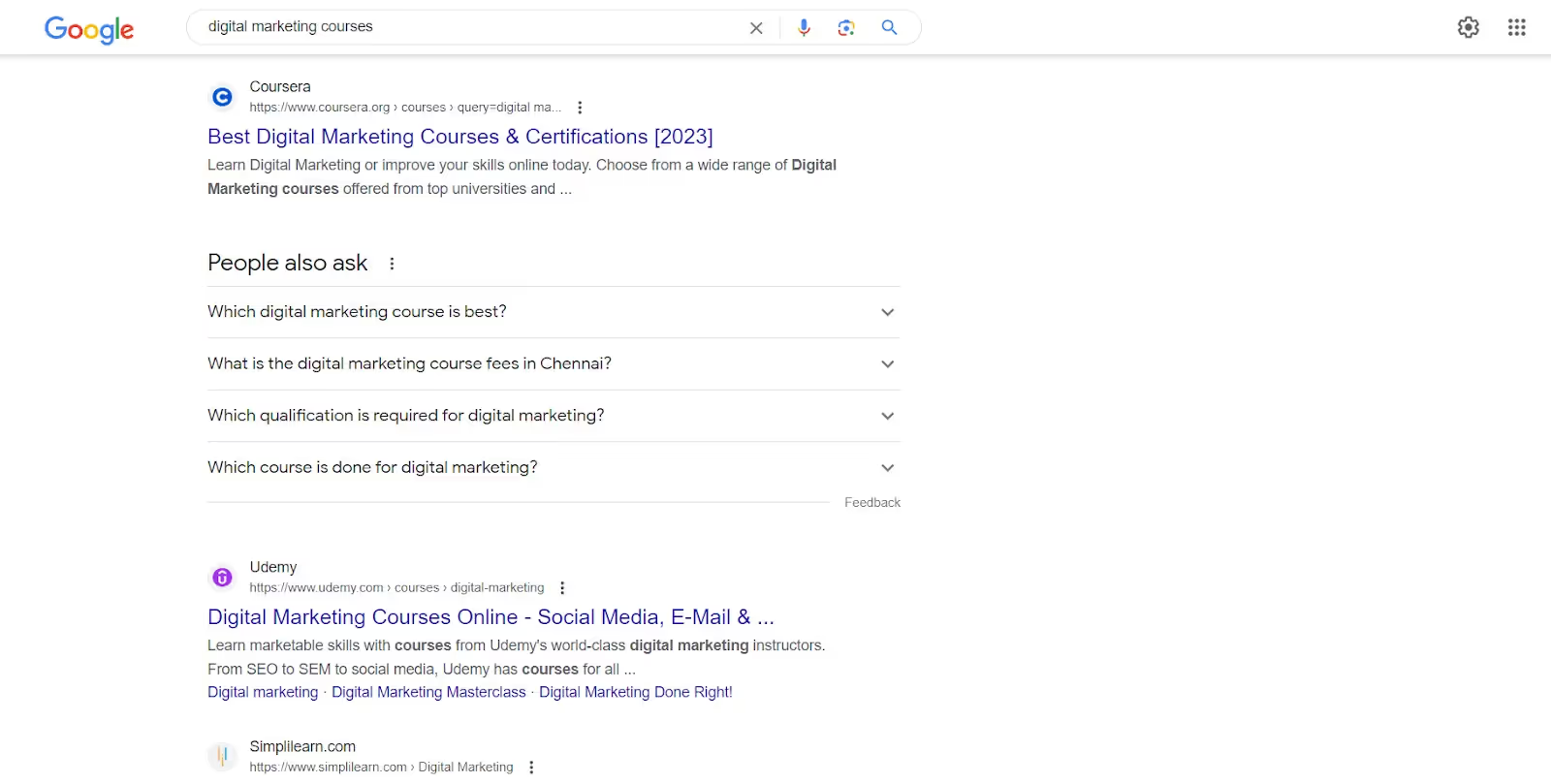
You need to ensure that you're positioning your page which matches the right search query and intent. Right positioning will result in user satisfaction and capturing the audience's attention.
Building an SEO Search Funnel
The SEO Search Funnel has 3 parts - Top of the Funnel, Middle of the Funnel and Bottom of the Funnel. The search query needs to be a part of the funnel for better website content optimization.
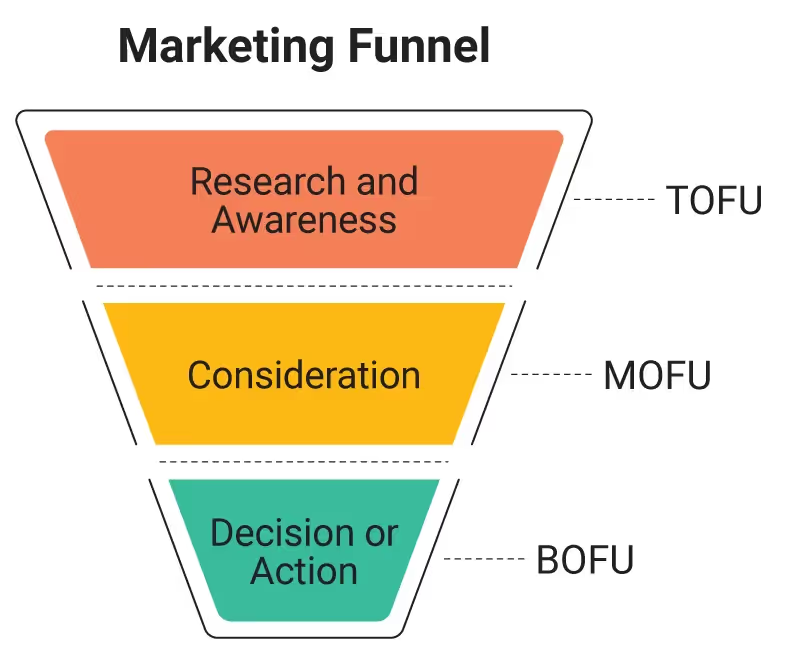
1. Top of the Funnel
This stage of the funnel is for informational events, where a user wants to get information about a particular topic. Informational queries can be - “ is digital marketing a great career ”, “ what is the average salary of a digital marketer ” this means that the user is trying to acquire information on a topic and is the awareness stage of the user.
2. Middle of the Funnel
Middle of the funnel mostly captures the intent of the user. Queries with intent can be - “ digital marketing courses online ”, “ free digital marketing courses ” these are intents of the users which align with services and products you have to offer and is the consideration stage of the user.
3. Bottom of the Funnel
This stage of the funnel captures specific intents of the user and depicts the decision stage of the user. User queries can be - “ best digital marketing course with placement support” this specific query will help you capture the right audience with the right target keyword.
It is important to remember that content must be created around all the 3 stages of the funnel. Why? This helps Google to understand if your website is a relevant website to be referred to or not. If you are an online education business specializing in digital marketing, then targeting content around the awareness stage, consideration stage and decision stage will help in ranking and positioning the page better for targeted keywords.
Understanding Keyword Research
Keyword research is the process of discovering valuable search queries that your target customers type into search engines. Keyword research is the most crucial aspect while optimizing for SEO. There are various tools that can help you find the right keywords and help with content optimization and rank better on search engines.
Let’s look into it using various tools available online.
1. Google Keyword Planner
The Google Keyword Planner can help you understand the search volume of a keyword, its competition and the bid rate for any keyword.
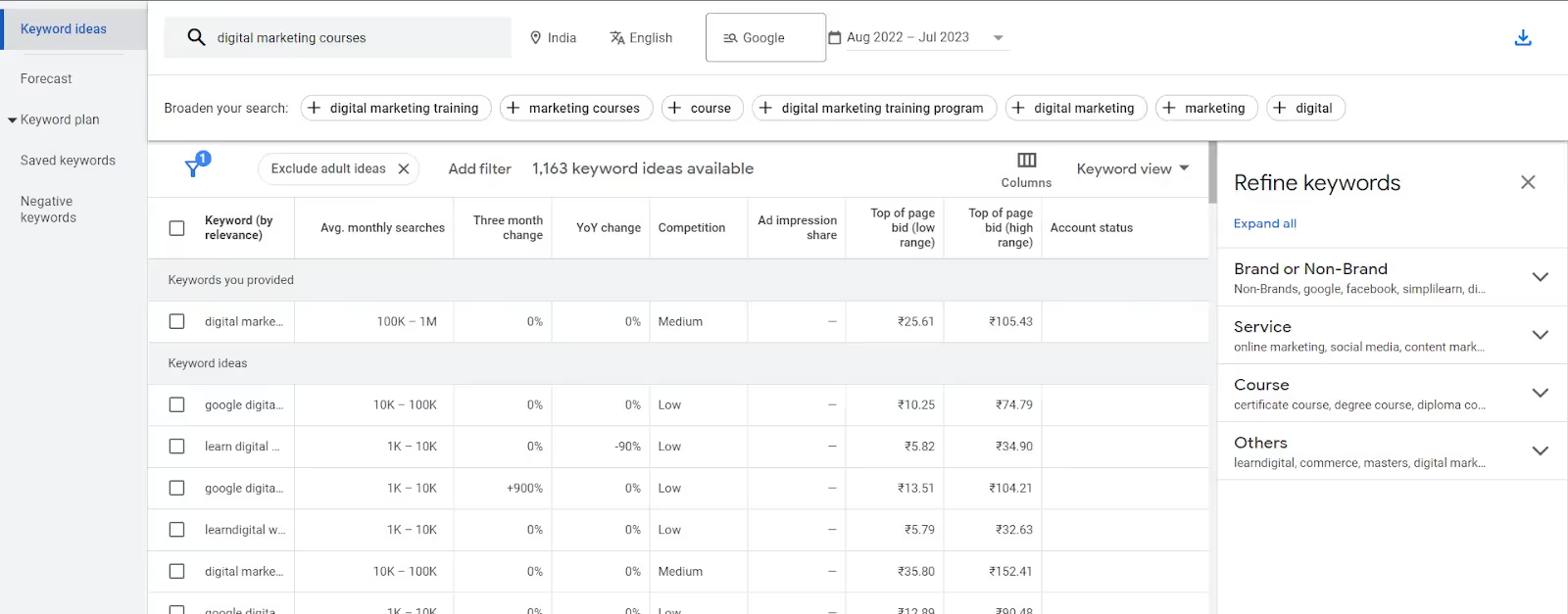
Bid rates are basically the minimum or maximum amount an organization pays in order for their content to rank well on search pages. Any content that has sponsored mentioned is content where an amount is paid to rank well on a search page.
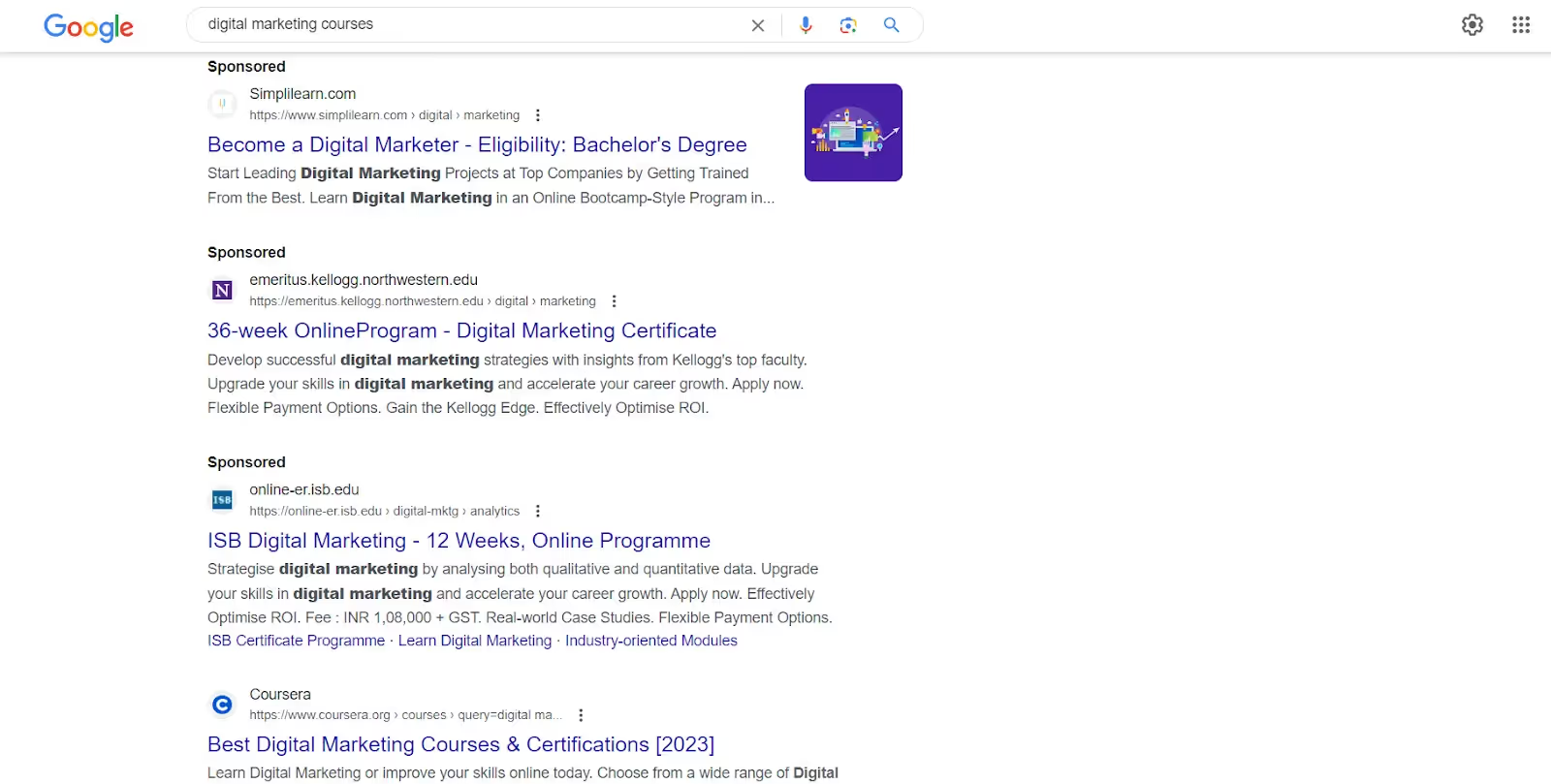
The higher the bid, the higher a page is likely to rank on search engines. You can also add relevant or similar targeting keywords referred by Google on the Keyword Planner.

Note: The Keyword Planner tool can be accessed through your Google Ads account.
2. Ubersuggest
Ubersuggest helps to analyze the average search volume of a keyword, the cost per click for each keyword and the SEO difficulty.
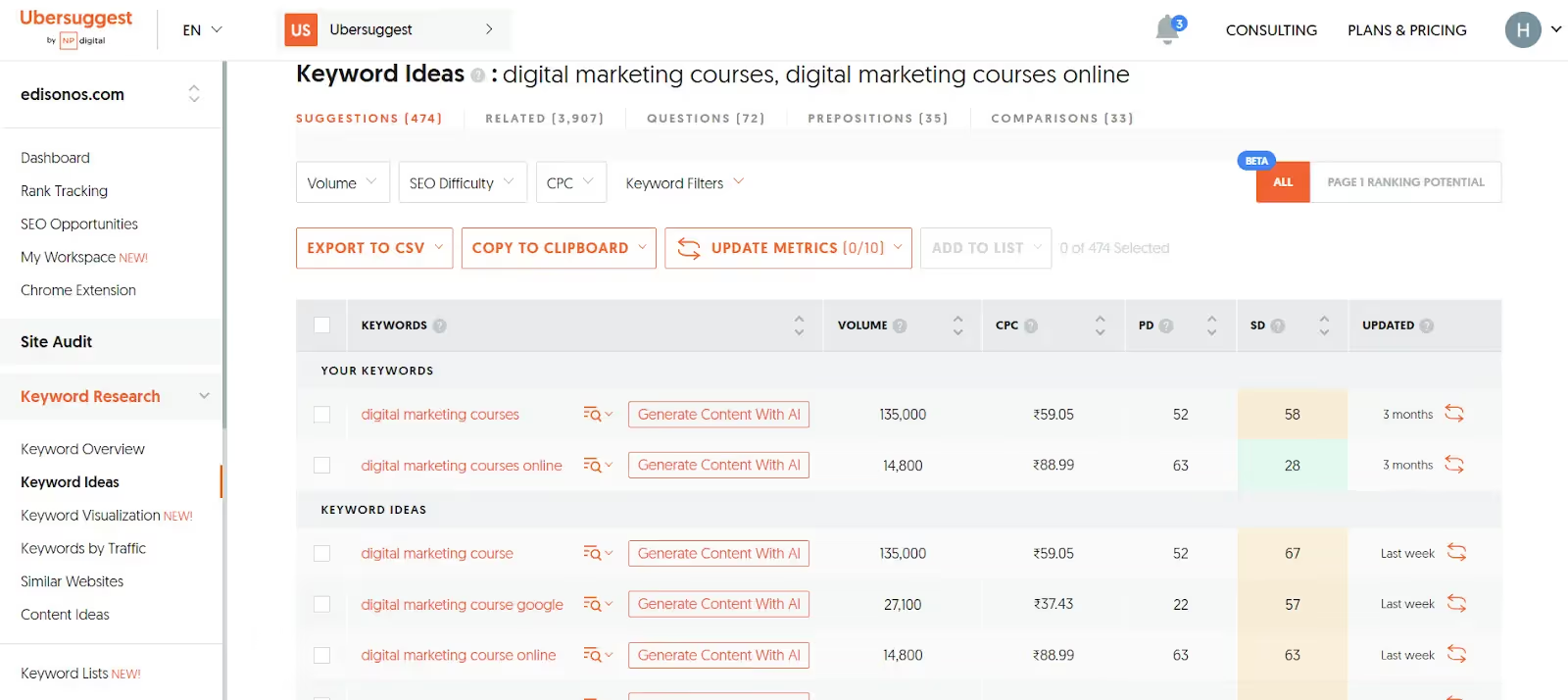
The average volume of a keyword shows the number of searches a keyword has per month (it can be more or less). The cost per click shows how much an organization pays to be showcased as an ad, this also helps them rank better. Higher the cost the more valuable is the keyword. The SEO difficulty shows the competition of a keyword for organic searches. Higher the value the more difficult it is to rank.
3. Ahrefs
Ahrefs is a paid keyword research tool. This tool is more or less the same like other tools but gives you more details and is considered the gold standard tool for keyword research.
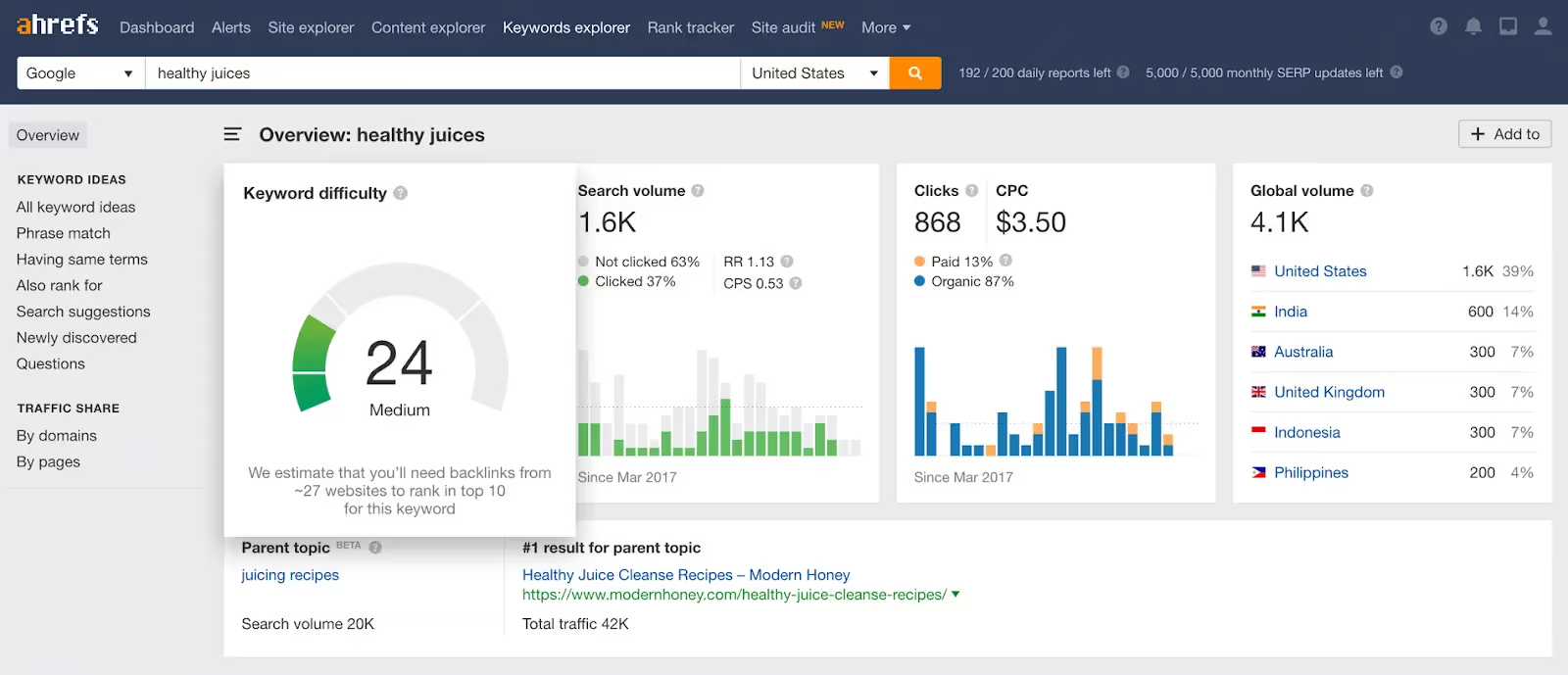
With Ahrefs, you can check the click percentage for a keyword (paid or organic). You can check the global volume density for a keyword along with the keyword difficulty. An important feature to look into is the potential organic traffic you can expect for a keyword ranking in the first page. With Ahrefs you can target the right keyword and understand its potential reach.
Competitor Keyword Research, Analysis and Generating Content
Keyword intent is a main aspect while doing keyword research. Once you have done your keyword research it is important to understand how your competitors are ranking with the same keyword.
First, you need to understand what is the intent behind a user searching for a particular keyword. Intent can be navigational, commercial, transactional or informational. SEMrush is a great tool that helps you find the keyword intent of a particular keyword.
Next, you need to understand the various keywords a competitor is ranking for apart from the intentional keyword. When a user searches for “ digital marketing courses ”, they get a list of websites that rank on the first page. It is important to look at the top 3 websites that are ranking and conduct a keyword analysis on them.
Let’s look at keyword analysis and content generation using various tools.
1. Conductor
Conductor is a plugin available on chrome that helps you analyze a website in terms of SEO as a whole. With Conductor you can take a look at the overview of the website, do a complete SEO health check, keyword research etc.
SEO health check involves the overall scoring of a website - higher the score, better is the SEO health.

The overview helps you understand the various heading tags the competitor uses, the meta tags and description, readability of the website etc.

Keyword research helps you understand the various keywords a competitor is ranking for. There can be keywords that may not be part of the competitor’s content optimization but the website is still ranking for it. Conductor helps you analyze these keywords w.r.t. count, volume and rank and you can leverage these keywords to rank better.

2. Surfer SEO
Surfer SEO is a paid tool that helps in creating content effortlessly. You can search for relevant keywords on the tool and generate content easily with the help of AI or create the basic structure for your content using credits.
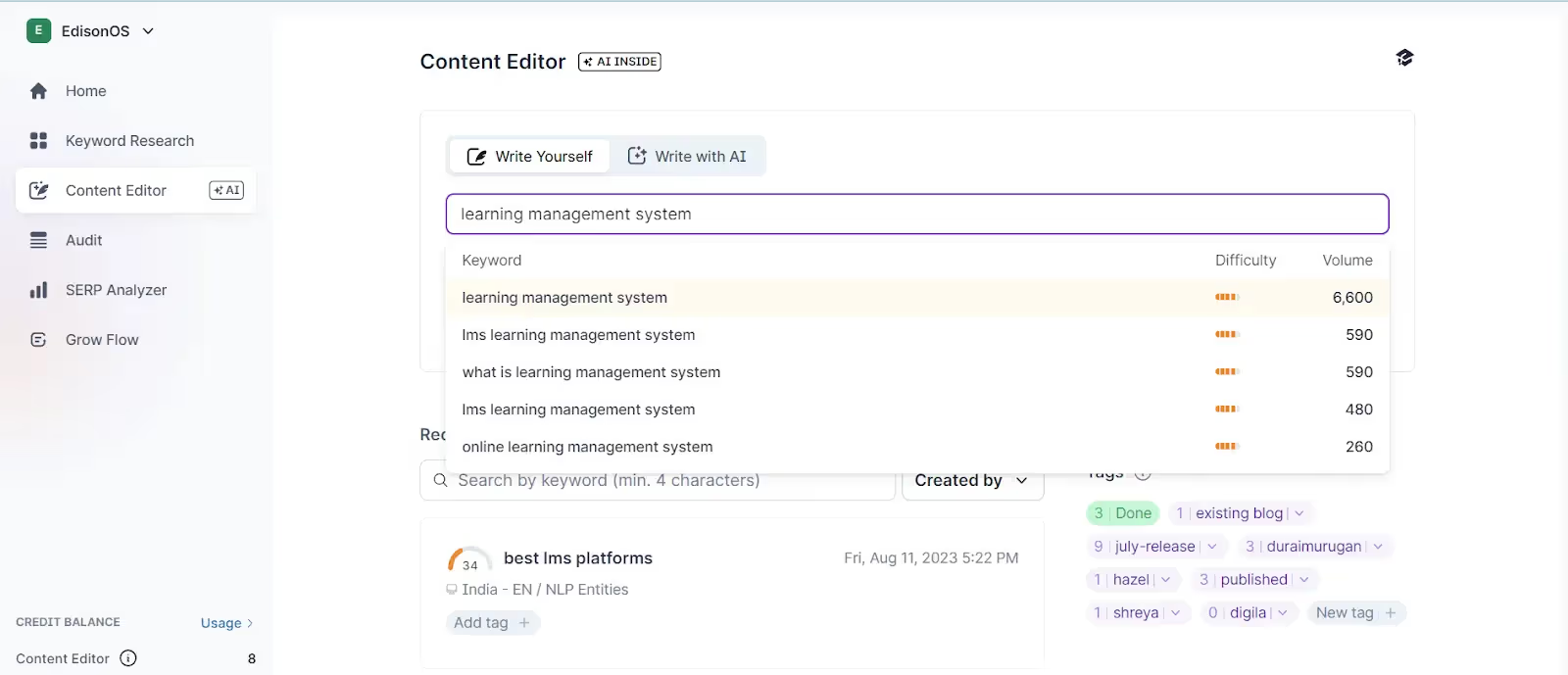
Surfer SEO compares the competitors that are ranking for the input keywords and gives a list of headings and titles that can be used in your content which in turn can help you rank. It showcases your content score - the higher the score, better are the chances of it ranking. It gives you the content structure score in terms of words, headings, paragraphs and images. It also provides the list of keywords that can be added to your content in order for it to be well optimized for SEO.
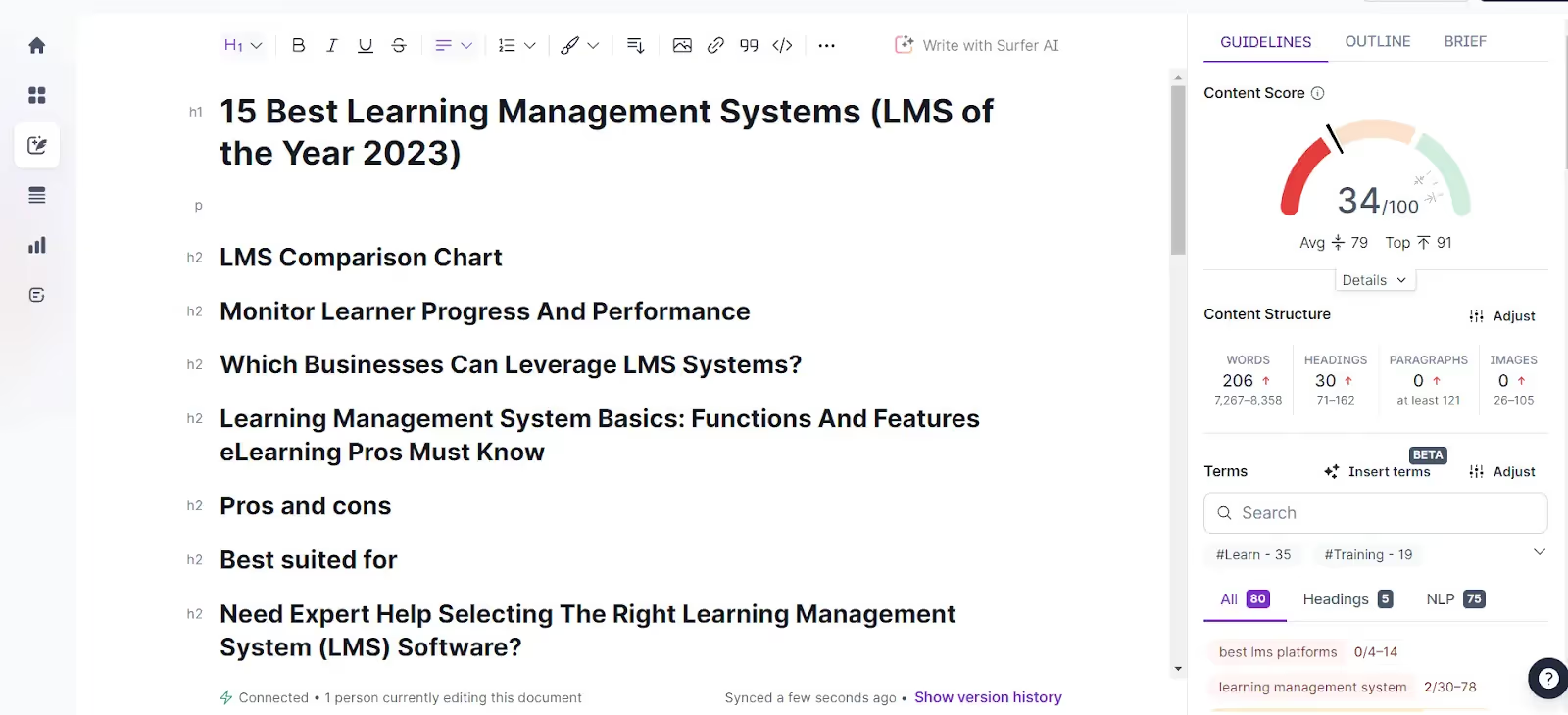
3. ChatGPT
ChatGPT is a great tool to generate content. With various plugins and prompts, ChatGPT can help generate SEO optimized content. With the right prompt in place and appropriate plugin, you can generate content in minutes.
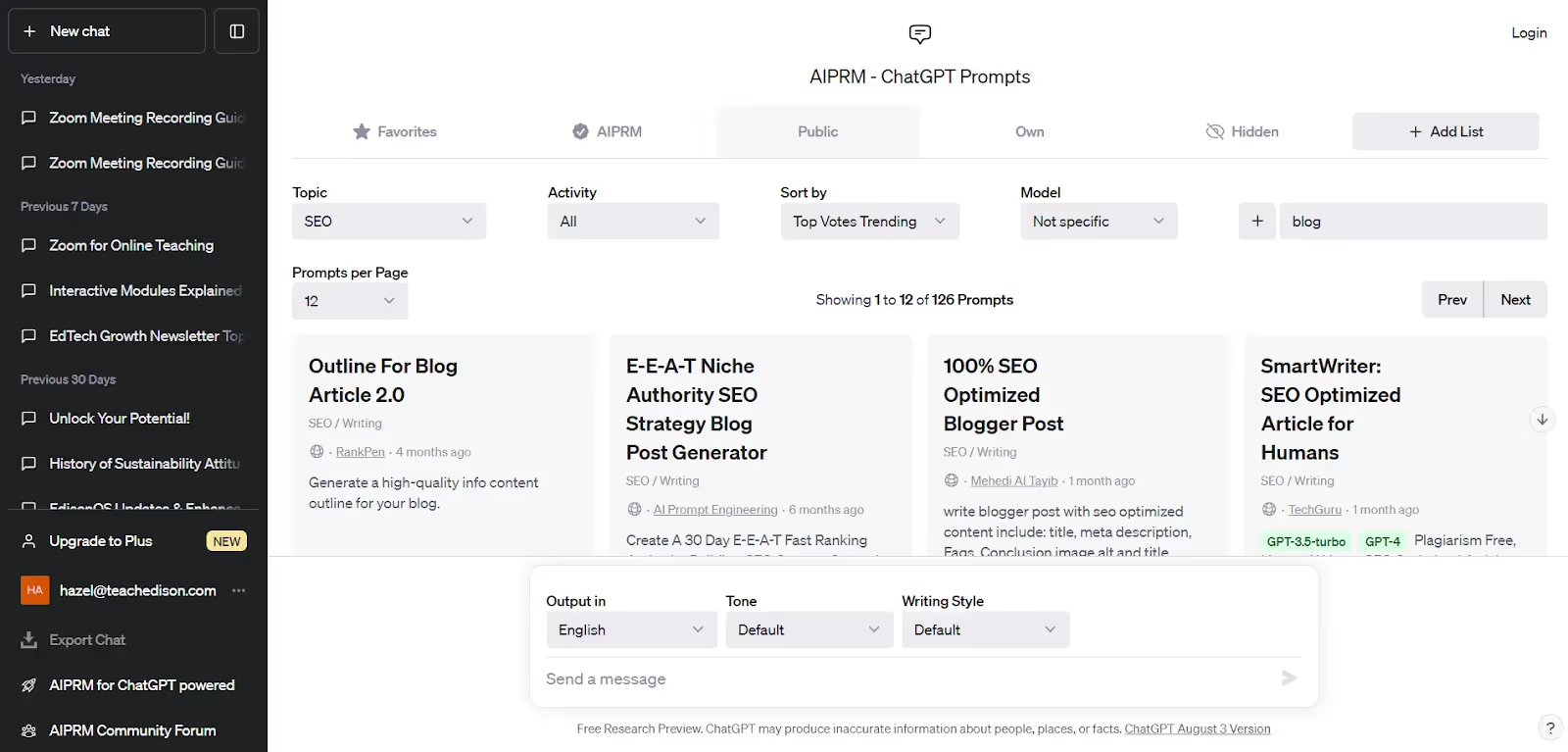
Analyzing SEO Efforts
Once the content has been optimized for SEO, it is important to check and analyze how well your content is doing. Regular analysis and improvisations can help your content rank better and stay amongst the top five ranking websites on search engines.
Let’s look at some tools that can help you analyze your content.
1. Google Search Console
Google Search Console gives you a performance overview of your website content and how well it is doing in terms of search results, impressions, conversions etc.
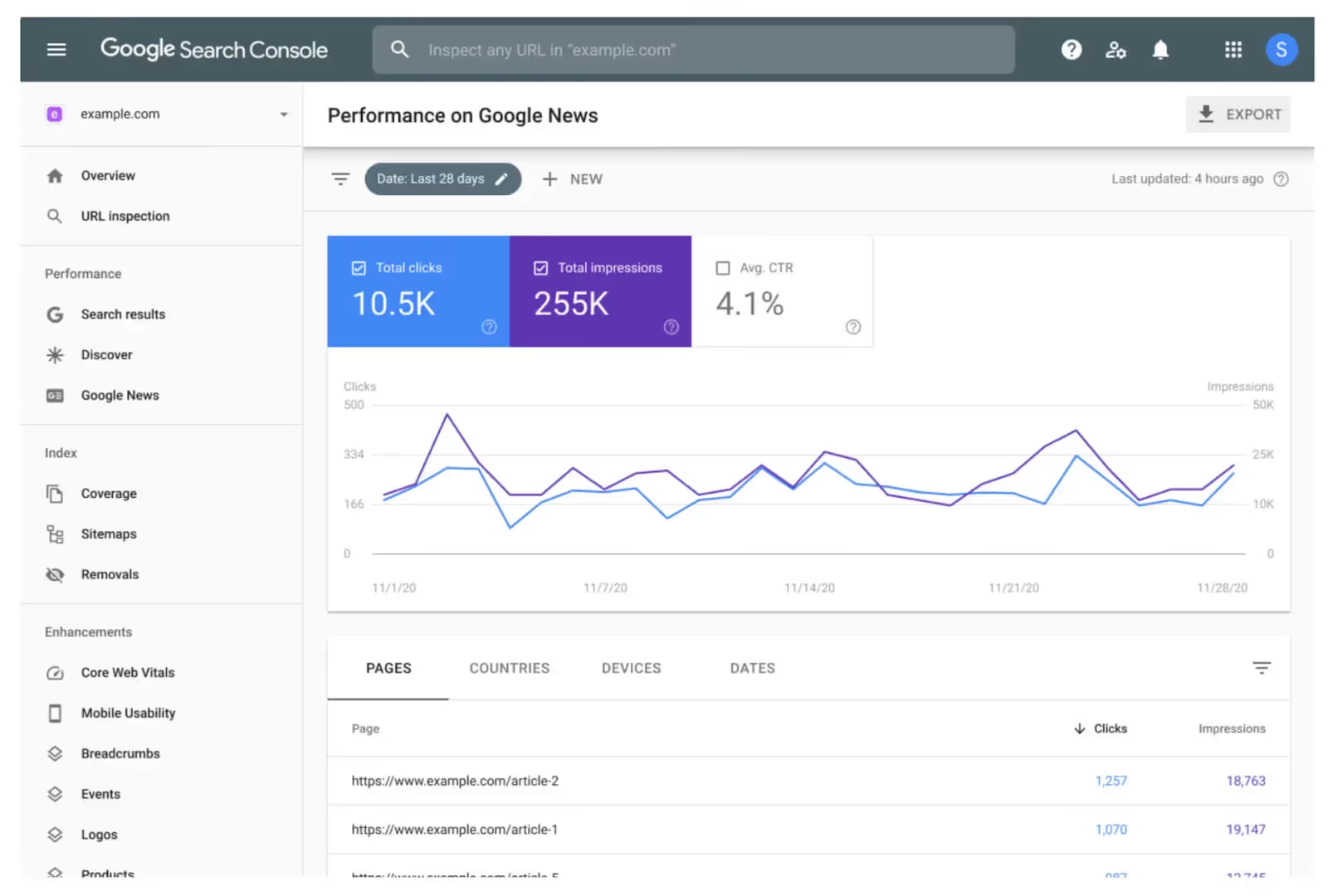
This tool helps you understand the queries your website is ranking for, the various pages that are ranking, which country and device have the most clicks and impressions for your website content etc.
If your click through rate is low then you need to optimize your website’s experience. If your position is low then you need to optimize your content. Google Search Console gives you an in-depth analysis on your website which helps in optimizing your content better which in turn will help you gain more traffic and conversions.
2. Plausible
Plausible is an alternative to Google Analytics and helps you understand the various analytical aspects of your website. Plausible helps in understanding analytics like unique visitors, page views, visits, bounce rate, visit duration etc. It gives you insights on the top sources for the website traffic, the entry and exit pages of your website etc.
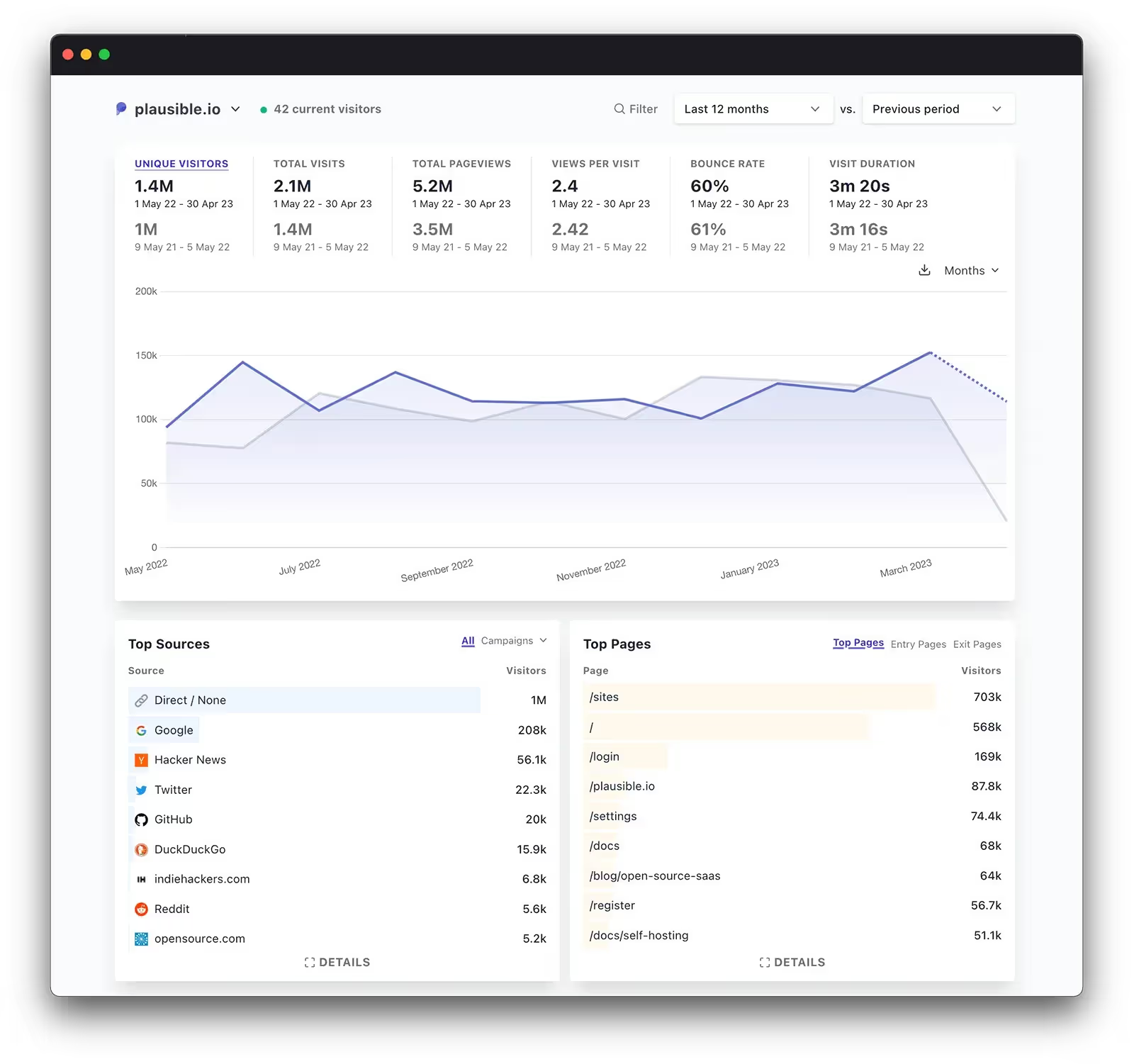
3. Microsoft Clarity
Microsoft Clarity is a free user behavior analytics tool that helps you understand how users are interacting with your website through session replays and heatmaps. The heatmaps help indicate where people click, what they ignore and how far they scroll. The session recordings help in understanding what’s working and what can be improved.
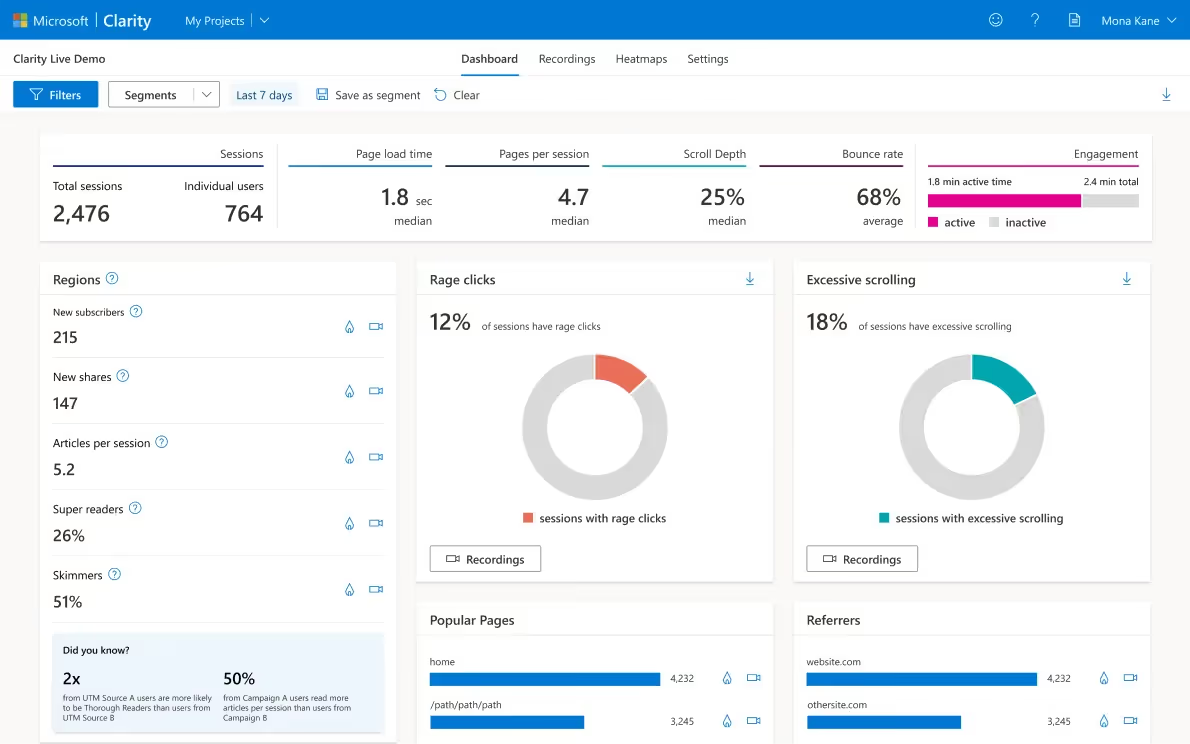
Bonus: Structuring Content
Structuring content is essential as it helps Google to understand what the content is about, its relevancy and how good the content is. When structuring content ensure that you leverage a great content management system. The website builder or platform that you use should help you structure your content well. Let’s take a look at the EdisonOS platform.

EdisonOS gives you formattings to follow to help your blog optimize better. It provides the SEO best practices to follow, tags to be included, advanced features to optimize your content the way you like and an advanced text editor to format your content.
The advanced features help you set custom slugs, your page’s meta title and description, featured images and integrate Disqus comments.
With such formatting your content is better optimized for SEO and it becomes easier for Google to search and understand your website, in turn boosting your website’s rank.
Conclusion
The ultimate SEO checklist provided above serves as a roadmap for crafting content that is not only engaging and relevant but also stands a higher chance of being discovered by search engine users. By meticulously attending to each item on the checklist – from conducting thorough keyword research and crafting high-quality, authoritative content to optimizing meta tags and building authoritative backlinks – you can bolster your website's visibility, authority, and credibility in the eyes of both your audience and search engines. Remember, the SEO landscape is continually evolving, so staying informed about the latest trends and algorithm updates will be key to maintaining your competitive edge.

Tutors Edge by EdisonOS
in our newsletter, curated to help tutors stay ahead!
Tutors Edge by EdisonOS
Get Exclusive test insights and updates in our newsletter, curated to help tutors stay ahead!
Recommended Reads
Recommended Podcasts











.png)
.webp)
